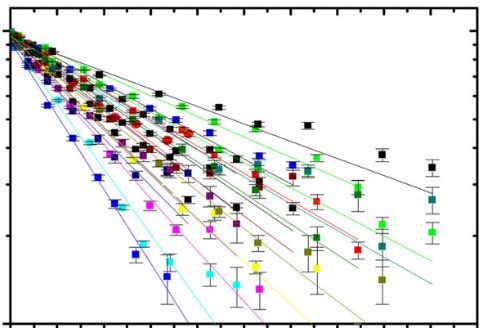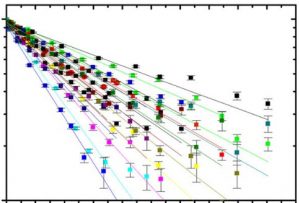Stehane Longeville et Laura-Roxana Stingaciu
Translational diffusion of macromolecules in cell is generally assumed to be anomalous due high macromolecular crowding of the milieu. Red blood cells are a special case of cells filled quasi exclusively (95% of the dry weight of the cell) with an almost spherical protein: hemoglobin. Hemoglobin diffusion has since a long time been recognized as facilitating the rate of oxygen diffusion through a solution. We address in this paper the question on how hemoglobin diffusion in the red blood cells can help the oxygen capture at the cell level and hence to improve oxygen transport. We report a measurement by neutron spin echo spectroscopy of the diffusion of hemoglobin in solutions with increasing protein concentration. We show that hemoglobin diffusion in solution can be described as Brownian motion up to physiological concentration and that hemoglobin diffusion in the red blood cells and in solutions at similar concentration are the same. Finally, using a simple model and the concentration dependence of the diffusion of the protein reported here, we show that hemoglobin concentration observed in human red blood cells (≃≃330 g.L−1) corresponds to an optimum for oxygen transport for individuals under strong activity.





